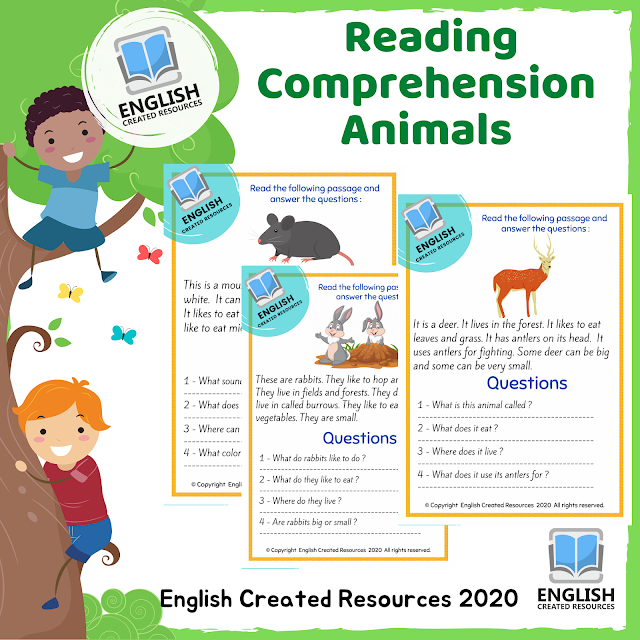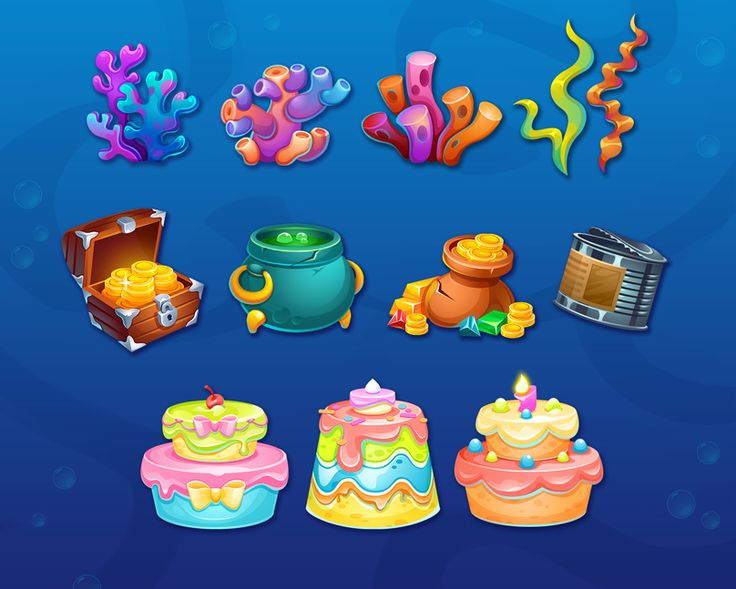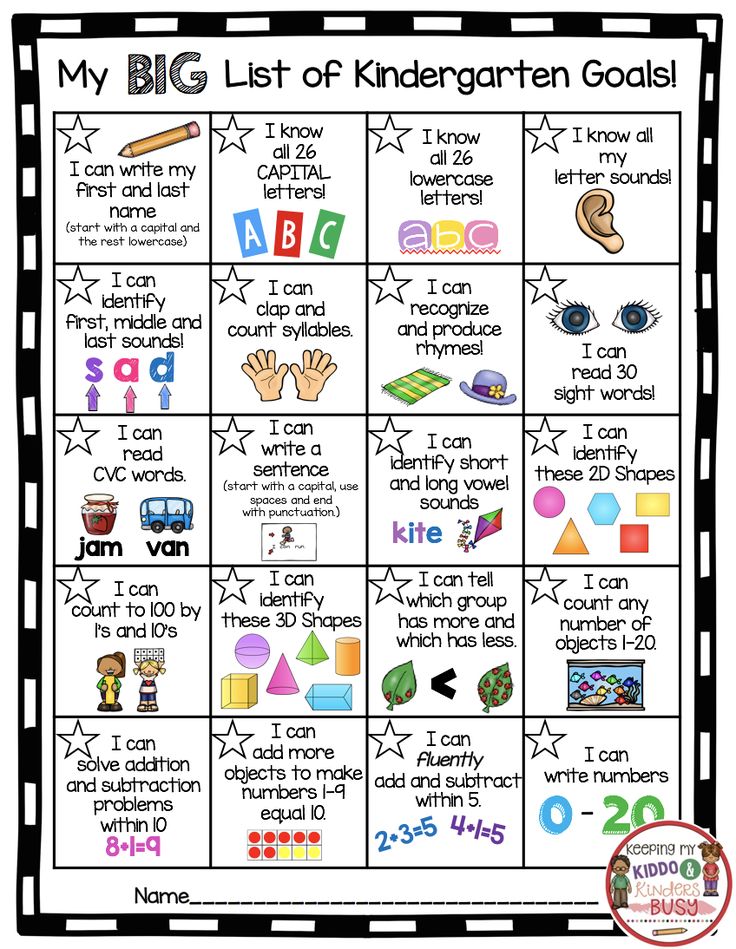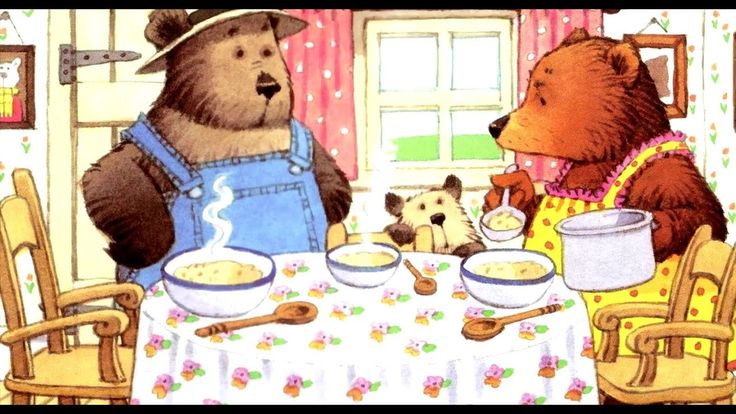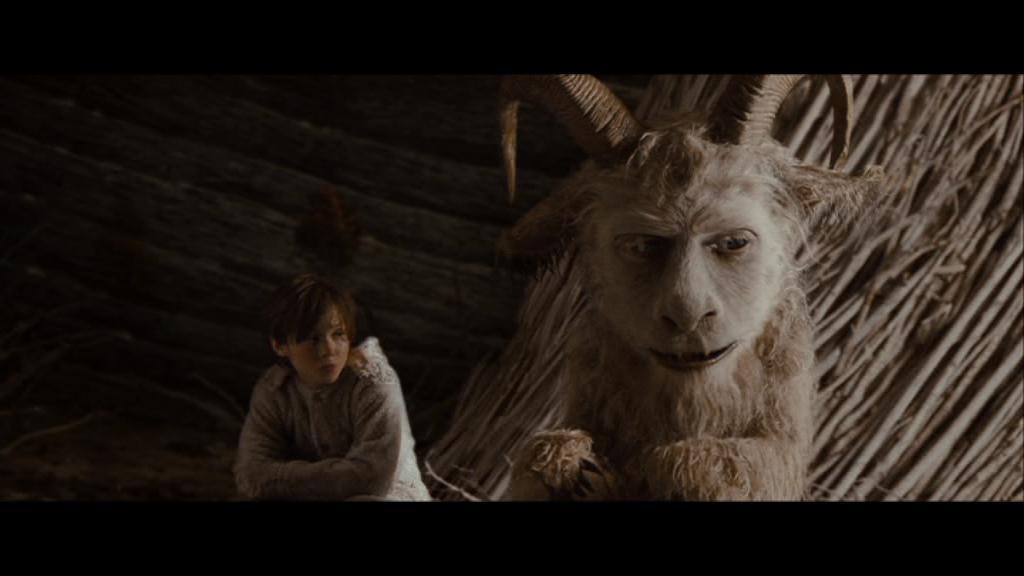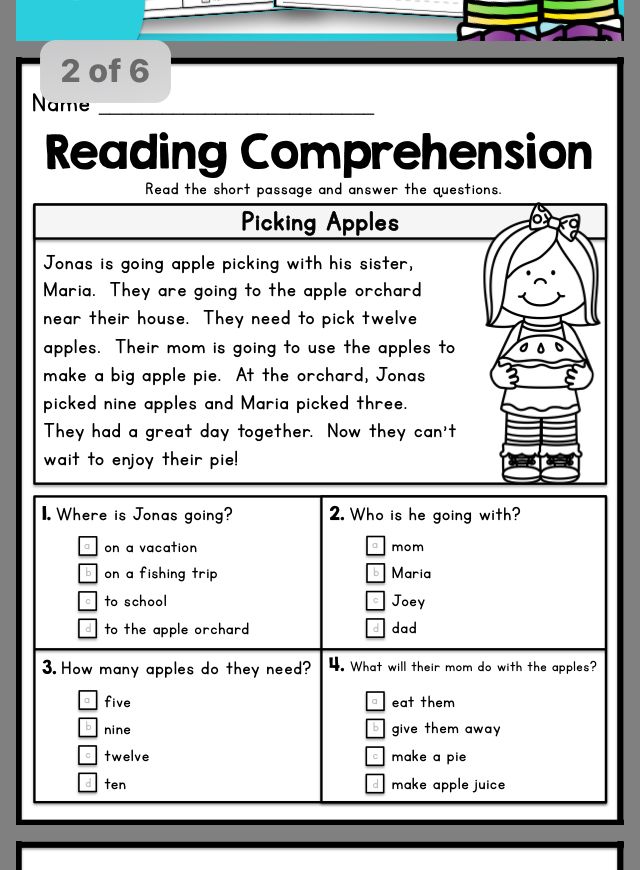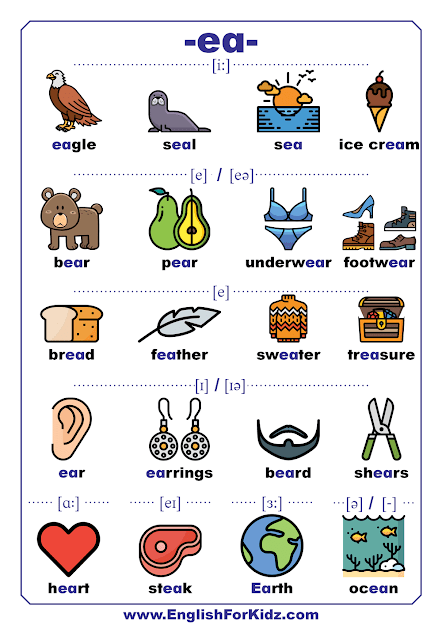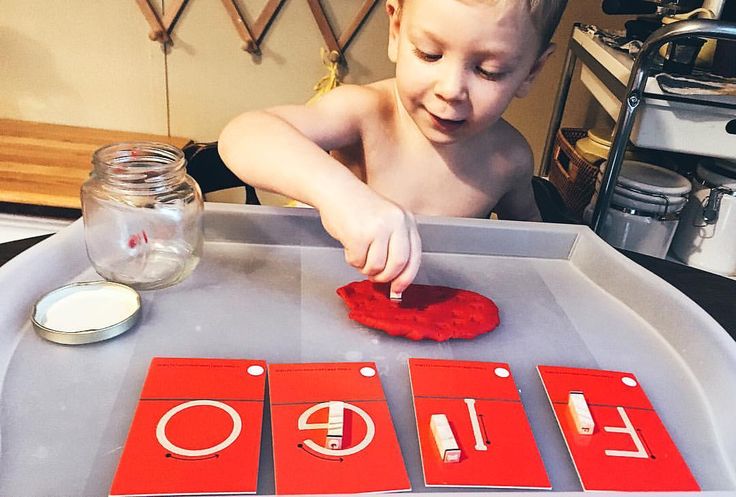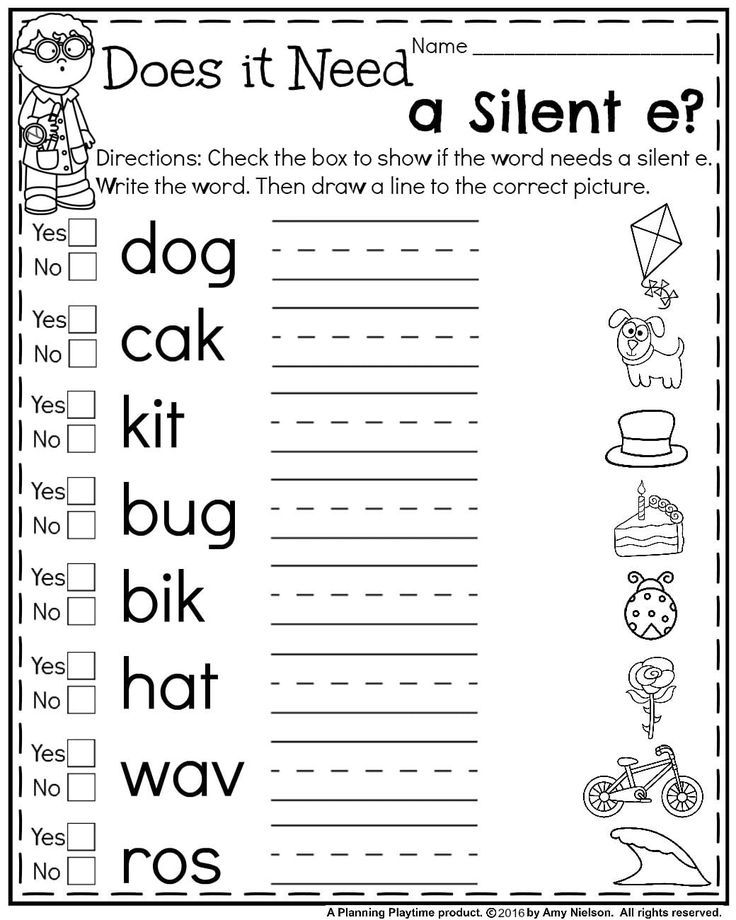Activities to improve reading comprehension
11 Free Reading Comprehension Activities For Students
There can be a hundred teachers in a room and ninety-nine of them will have different ideas on how to help with reading comprehension. Some of them might argue that rigorous testing is the best methodology, whilst others will argue that regular pop quizzing is the best way to go. Truth be told, there is no "one" exact way to ensure that your students understand what they are reading. Instead, it's best to adopt a variety of different solutions.
Here is a list of the top 11 reading comprehension activities. You can use them to introduce new reading comprehension techniques, or simply to check your students’ understanding so far. They are all fun, innovative ways to approach reading comprehension and demonstrate your students' skills.
1. Roll & Chat Dice
This fun activity includes lots of comprehension questions to check your kids have effective reading comprehension skills. You can adapt and change this for any student, ensuring that they are reading at grade.
Learn more: Teachers Pay Teachers
2. WANTED Poster
You can use this activity not only to ensure that your students have basic story understanding but also to demonstrate they know character traits. It can also be applied to a wide variety of texts, too. Try including some questions about characters and story detail for even more teaching of comprehension.
Learn more: Education.com
3. Story Cheeseburger
This is unfortunately not as delicious as it sounds! You can use this activity to check simple reading comprehension of story structure, as well as a more advanced understanding of story aspects. Try displaying this colorful reading comprehension activity to brighten up your classroom, too!
Learn more: Unique Teaching Resources
4.
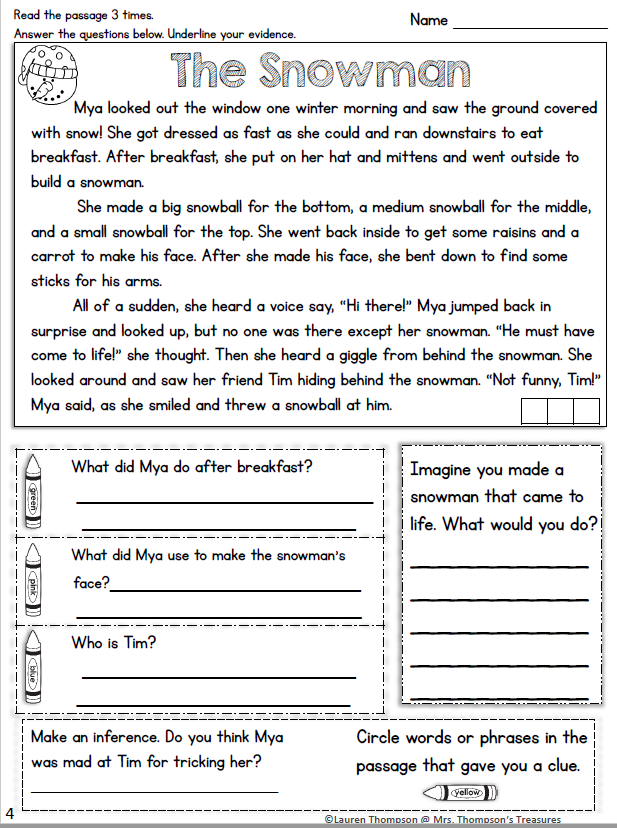 Reading Comprehension Worksheets
Reading Comprehension Worksheets
This website has plenty of reading comprehension worksheets that you can print out and use for a reading passage. You can use them to teach reading strategy as part of a typical reading lesson or to have some book talk.
Learn more: K5 Learning
5. Make a Timeline
You can use this research-based teaching strategy for any non-fiction story to help demonstrate reading to knowledge skills. Ask relevant student questions about the topic of study to help expand on their knowledge and sequence events.
Learn more: Education.com
6. Yellow Brick Road Retelling
This is an excellent reading project to get your kids involved in active reading, instead of just being passive. You can use it to talk about many elements of the story and a narrative text. You can differentiate it according to your students' reading skills, from simple story elements like the story title to more developed ideas like meaning during reading.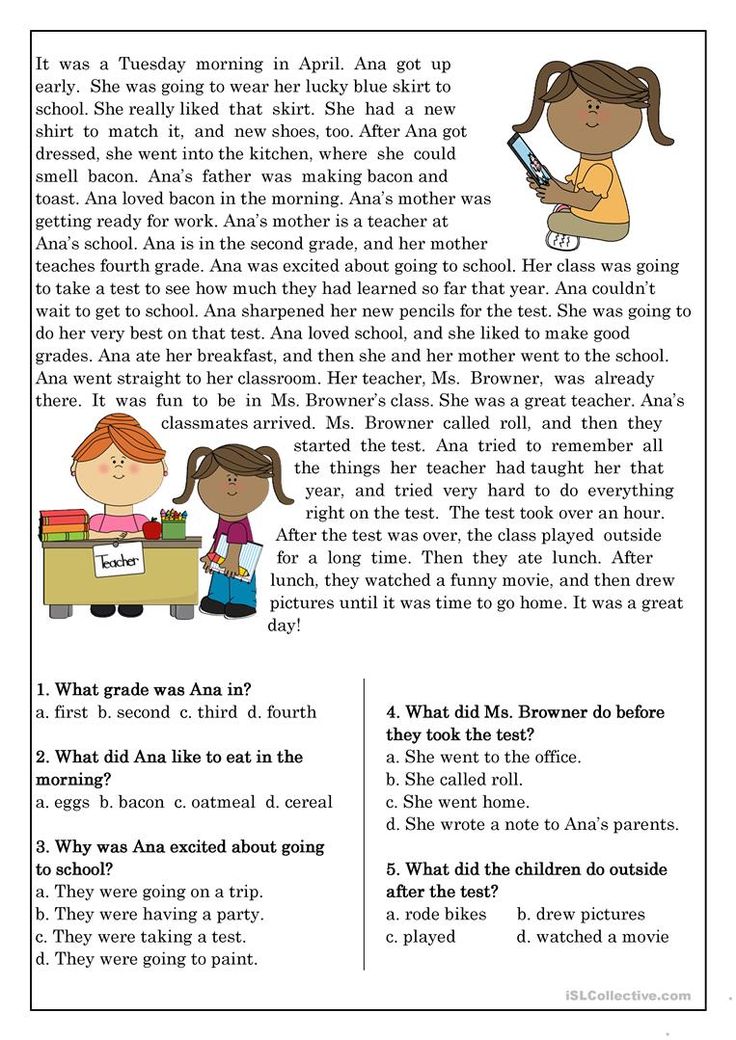
Learn more: Just Cara Carroll
7. Anticipation Guide
This is a perfect pre-reading activity to get your students to understand the reading process in more detail. They will need to make some predictions about the story and share their opinions on some of the ideas that the book presents. You can also return to this guide after reading to demonstrate how their reading comprehension has developed.
Learn more: Reading Rockets
8. Question Ball
You can get really creative with this activity by getting the whole class involved to answer some comprehension topic questions. You can even use it to revise key quotations or as part of a reading selection. Definitely one for student engagement!
Learn more: Coffee Cups and Crayons
9. Lego Retelling
This one is more suitable for a picture book with younger learners, but it can also be used by upper-grade students, too. Your kids will have to use the individual Lego pieces to build key scenes from a text, then explain what they have built.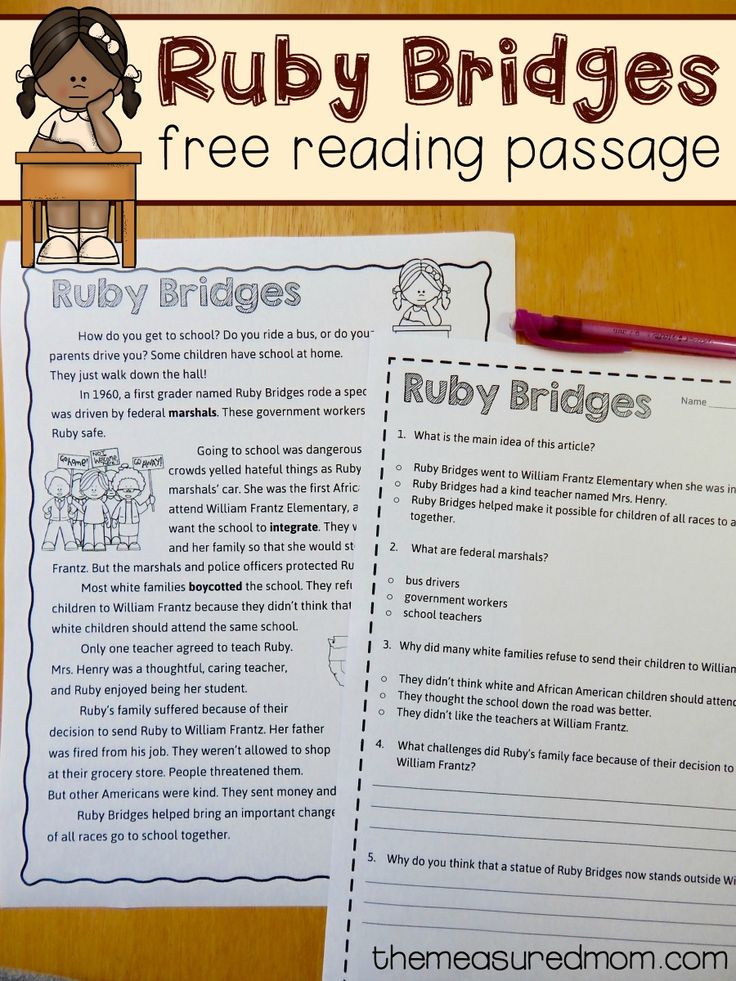 They can write down what they have said, too, to show that they have really understood the text well.
They can write down what they have said, too, to show that they have really understood the text well.
Learn more: The Educators Pin On It
10. Story Telling Bracelet
Another more hands-on activity, the teaching procedure of this involves assigning each color of the bracelet to a particular part of the text. For example, yellow, green, and blue all represent plot events. This is particularly useful to create a sequence of events and make story connections.
Learn more: Growing Book By Book
11. Reading Cheat Sheets
Need to help your students understand critical reading skills? Use these cheat sheets to provide them with expert details and things to keep in mind while they read a text. This includes key skills like looking at the cover, thinking about the content-area text, and other discussion questions to consider during the reading-thinking process.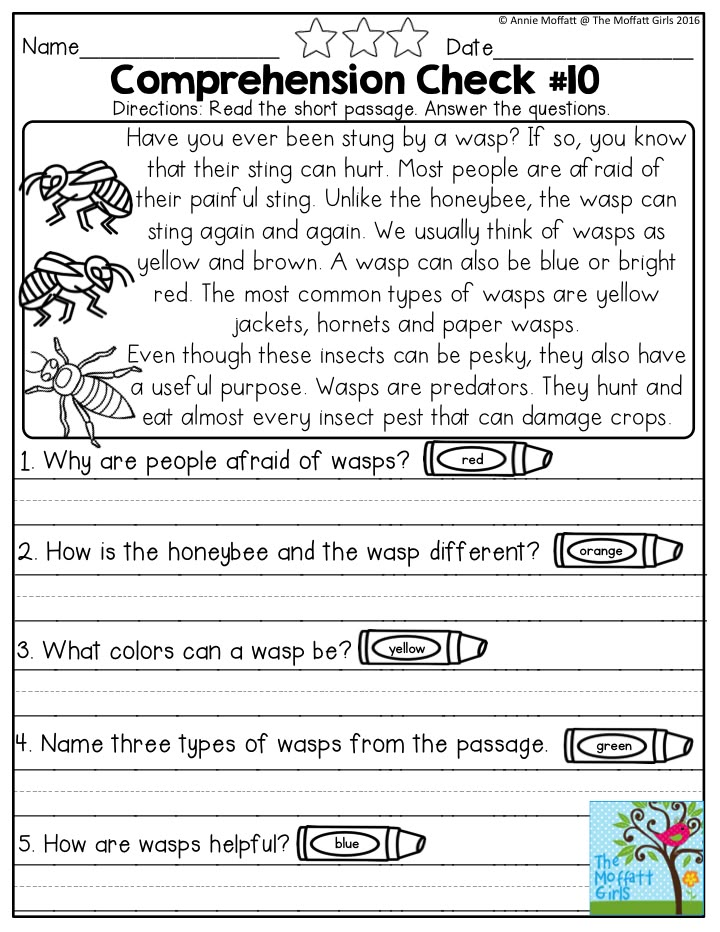
Learn more: Teachers Pay Teachers
These are just a few of the best ways to make reading more accessible for your learners. The majority of these activities can be expanded upon to meet the specific needs of your readers, whether that be sequencing events or providing a detailed analysis of character.
Frequently Asked Questions
What are comprehension activities?
Comprehension activities are activities or games that can be used to help your students to demonstrate what they know about a text. This usually covers but is not limited to, setting, plot, and character. Comprehension activities can be expanded to include other ideas too, like the meaning of the text, and can go beyond the details included within the text, such as in terms of contextual information surrounding the creation of the book.
What is the best way to teach comprehension?
Unfortunately, there is no definitive "best" way to teach comprehension to your kids, as each student is different and will respond to different activities. However, one thing that will definitely work is to make comprehension an enjoyable process. Try using the activities above to help with this and avoid simply completing tests or quizzes, as these will not make your student engaged.
However, one thing that will definitely work is to make comprehension an enjoyable process. Try using the activities above to help with this and avoid simply completing tests or quizzes, as these will not make your student engaged.
How can I improve my comprehension?
Try to go beyond simple ideas of comprehension. Your basic comprehension of a text should include the key events (or plot), the setting (where and when the story happens), and characters (the people or things that the text is about). You should try to expand beyond this by thinking about the meaning of the text. What message was the writer trying to put across? Reading comprehension goes beyond the words on the page - you need to think about the writer's craft, too.
What are the 3 main types of reading strategies?
The key reading strategies that you will likely encounter are scanning, skimming, and detailed reading. Scanning involves looking for specific information in a text, such as a keyword or detail.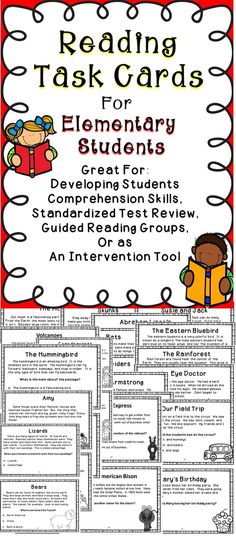 Skimming is slightly more in-depth as it is about understanding the main idea of a text by reading small chunks of the passage. Detailed reading is the slowest reading process but is the one that can help you get the most information from a text. Using this last strategy, your kids will understand approximately 80% of the text. Even so, each of these strategies is vital for teaching your students how to read effectively for information.
Skimming is slightly more in-depth as it is about understanding the main idea of a text by reading small chunks of the passage. Detailed reading is the slowest reading process but is the one that can help you get the most information from a text. Using this last strategy, your kids will understand approximately 80% of the text. Even so, each of these strategies is vital for teaching your students how to read effectively for information.
Comprehension: Activities for Your Kindergartener
Just 15 minutes each day makes a big difference! Reading aloud is a great way to help your kindergartener absorb new words and see how stories are structured. It's also one of the best ways to help children learn about the world and make connections between their own lives and what's in the book — that helps children see the world with empathy. And last but not least, it's a wonderful time to snuggle up with your child and share the experience of reading and discovery together.
Remember that reading together should spark curiosity, joy, and a desire to explore and learn. Conversations about books should be enjoyable, and not a set of quizzes and questions. As you try some of the activities listed below, remember to keep it light and lively for your child.
Conversations about books should be enjoyable, and not a set of quizzes and questions. As you try some of the activities listed below, remember to keep it light and lively for your child.
There are so many great nonfiction and informational books for very young kids (such as the popular DK Eyewitness series and National Geographic series). Try to include some of these during your next trip to the public library. Children love learning about the real world and are proud to share what they know!
Even a walk around the neighborhood or a trip to the grocery store can be a rich learning experience for young children. A child may see an urban bunny for the first time on a walk, and then be able to connect it to stories about rabbits. These personal connections help children connect what they read with what they know — a powerful way to build comprehension skills!
Signs of good reading comprehension in kindergartners
Try these comprehension activities at home
"I predict ..."
When you sit down for a read aloud, look at the book's cover together. Ask, "What do you think this book might be about? Why? Can you make some predictions?" Guide your child through the pages, discuss the pictures, and brainstorm what might happen in the story. Talk about any personal experiences your child may have that relate to the story.
Five-finger retell
After reading a story together, have your child tell you five things about the story, using her fingers to talk about each one:
- Characters: who was in the story?
- Setting: where did the story take place?
- Events: what happened in the story?
- End: how did the story end?
- Favorite character or part of the story
Active reading
Model active reading when you read with your child. Talk about what's happening as you're reading. Stop and discuss any interesting or tricky vocabulary words.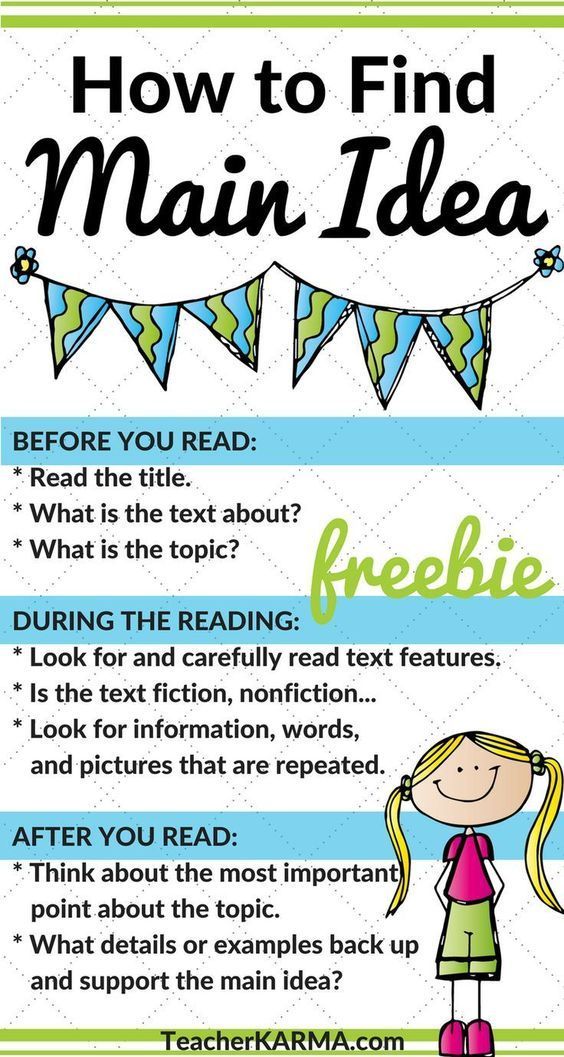 Help your child make pictures of the story in his mind. Ask your child, "What just happened here? How do you think that character feels? Have you ever felt like that? What do you think will happen next?" Not only will this develop your child’s comprehension, but critical thinking skills as well.
Help your child make pictures of the story in his mind. Ask your child, "What just happened here? How do you think that character feels? Have you ever felt like that? What do you think will happen next?" Not only will this develop your child’s comprehension, but critical thinking skills as well.
Mind movies
When you come to a descriptive passage in a book, have your child close her eyes and create a mental movie of the scene. Encourage her to use all five senses. Read the passage over together, looking for details that bring the scene to life. Ask questions like, “How do you know it was a hot day? Which words help you understand that the child was lonely?”
Tell me about it
After a read aloud, one of the best and easiest ways to check for understanding is to ask your child to summarize what the book was about in their own words. You can ask a question or two to help your child clarify her thinking or to add more detail.
Can your child tell you what happened in the story?
This video is from Home Reading Helper, a resource for parents to elevate children’s reading at home provided by Read Charlotte.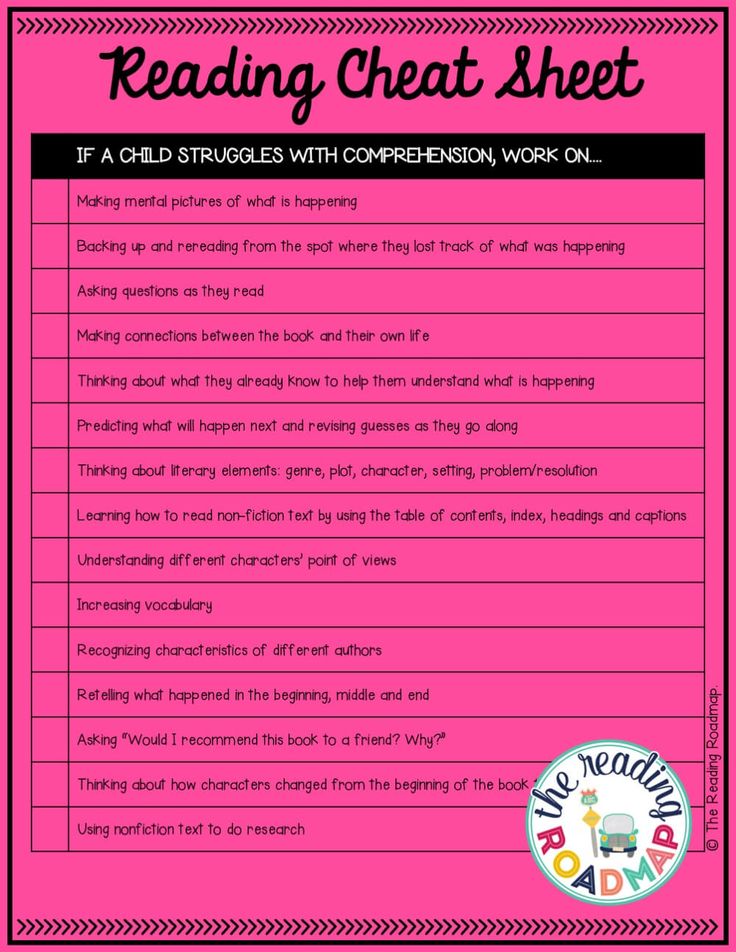 Find more video, parent activities, printables, and other resources at Home Reading Helper.
Find more video, parent activities, printables, and other resources at Home Reading Helper.
Think alouds
Connect the book to your child's own life experience. For example, A River Dream: "This book reminds me of the time my father took me fishing. Do you remember the time we went fishing?"
Connect the book to other books they have read. For example, Mufaro's Beautiful Daughters: "This story reminds me of Cinderella. Both stories are about sisters. Do you know any other stories about nice and mean sisters? Let's keep reading to find out other ways the stories are similar."
Connect the book to big ideas/lessons. For example, Stellaluna: "This story helps me understand that we are all the same in many ways, but it's our differences that make us special.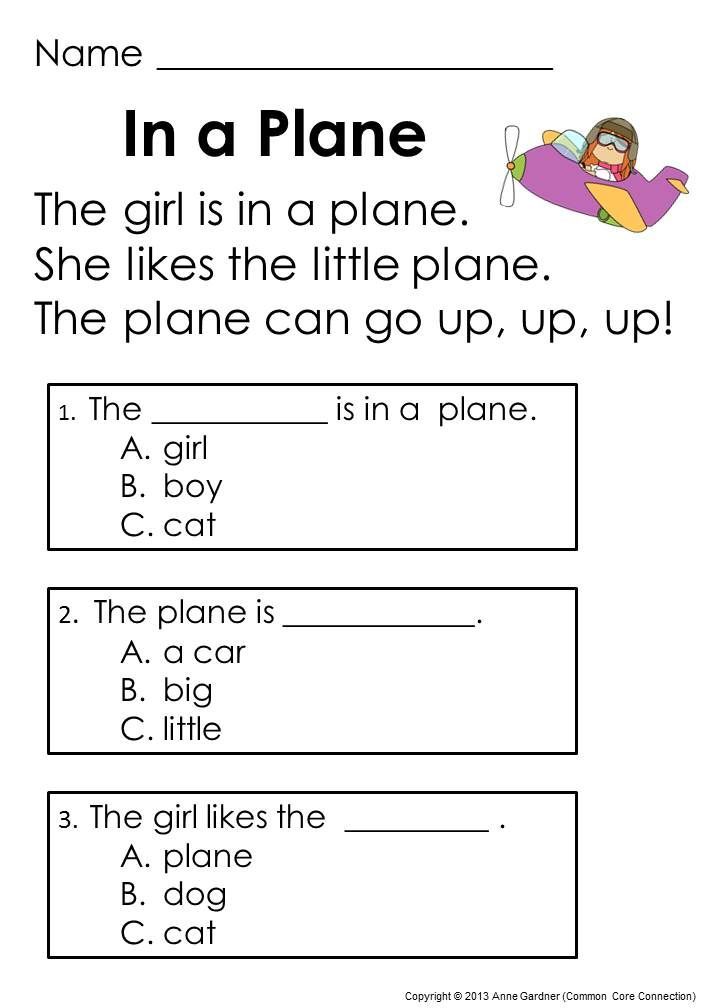 "
"
Wordless
Wordless picture books provide your child with practice using clues to create meaning. There are no wrong stories with wordless picture books, only variations based on what the "reader" sees and puts together. Rosie's Walk, Good Dog, Carl, and Beaver Is Lost are all interesting and fun wordless picture books to explore. Find more wordless books on BookFinder.
Family stories
This is a wonderful activity for a family picnic or for a rainy day when you're snuggled together on the couch. Share a favorite story about your childhood or a family story that's been passed down from generation to generation. Use vivid language and details about people, places, and things. Funny or scary will really get your child's attention! Your child will probably have lots of questions, which keeps the storytelling alive. You could also ask your child if she has a favorite family story of her own.
How sharing your stories helps kids with reading
Beginning readers love to hear stories about a parent's childhood! A parent's stories help children learn new vocabulary, story structure, and comprehension.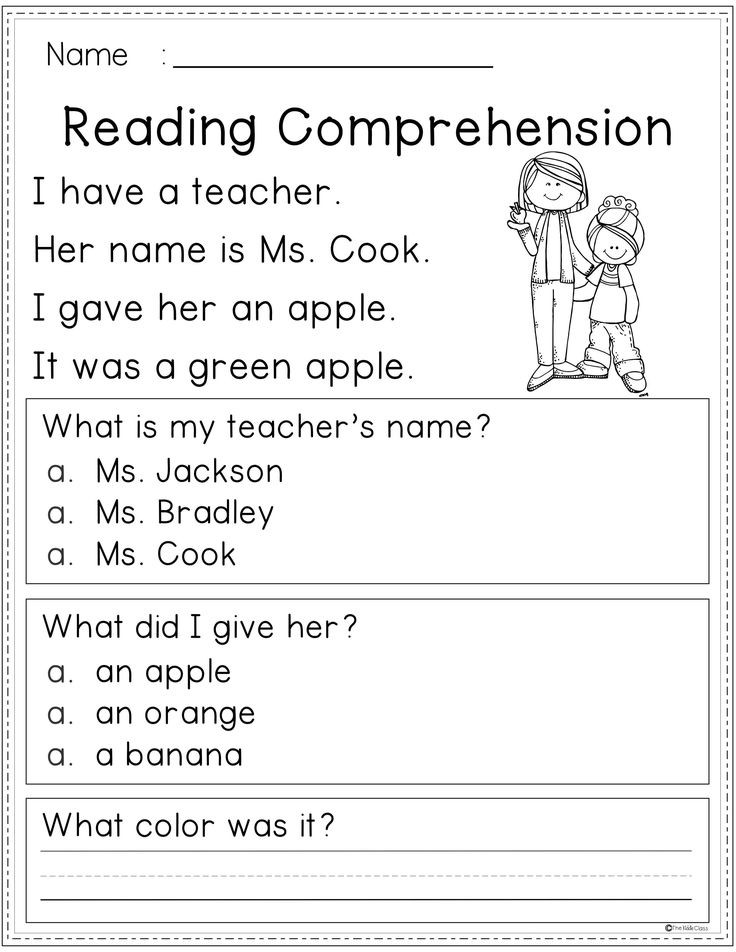 (From GreatSchools)
(From GreatSchools)
Map this book!
Draw a map of the book's setting, and be sure to include the places where the main action happens!
Beginning-middle-end
This is a great way to see if your child understands the main parts of a story. After reading a book together, give your child three sheets of paper, with "beginning" on one sheet, "middle" on the second sheet, and "end" on the third sheet. Ask your child to think about the three parts of the story, and then draw what happened on each on the sheets. Arrange the sheets in order, left to right. What happens if you re-arrange the sheets? Does the story still make sense?
Words, words, words
Be sure to include books with rich vocabulary in your read alouds and call attention to interesting words and phrases from the story.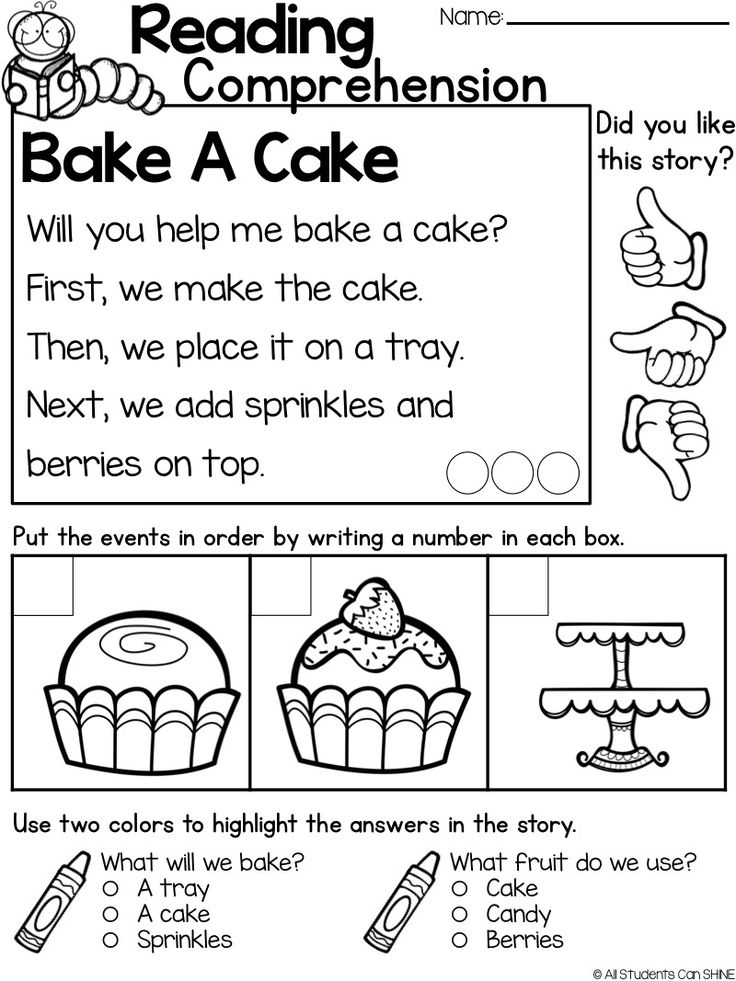 This may include repeated phrases or idioms (such as "get cold feet" or "I'm all ears"). Offer a kid-friendly definition and connect the new word or phrase to something your child already knows.Talk about how the author used language or words to make the text interesting, informative, funny, or sad.
This may include repeated phrases or idioms (such as "get cold feet" or "I'm all ears"). Offer a kid-friendly definition and connect the new word or phrase to something your child already knows.Talk about how the author used language or words to make the text interesting, informative, funny, or sad.
Picture walk
Talk about the book before you read it. Show the cover illustration and ask your child to predict what the book is about. Flip through the book, look closely at the pictures together, and talk about what's on the jacket flaps.
Take a picture walk
This video is from Home Reading Helper, a resource for parents to elevate children’s reading at home provided by Read Charlotte. Find more video, parent activities, printables, and other resources at Home Reading Helper.
Remember when .
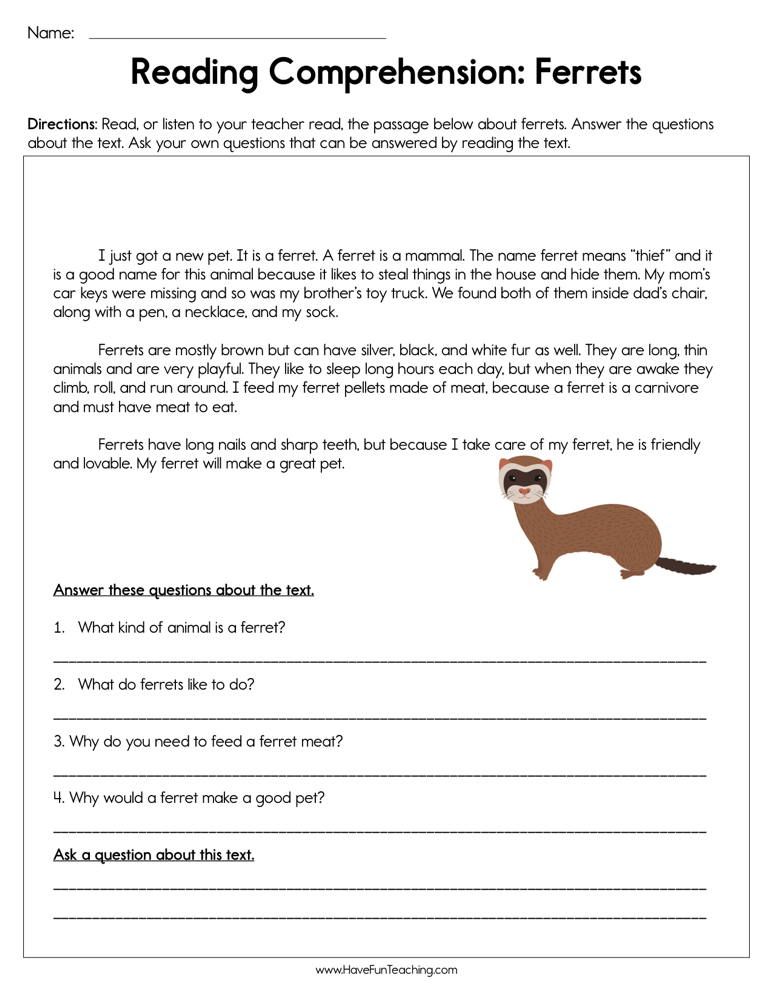 ..?
..?Connect what your child reads with what happens in life. If reading a book about birds, relate it to birds you've seen on walks in your neighborhood.
Story detectives
As you read with your child, stop and ask questions such as: What’s happening in the picture? Why do you think the puppy is sad? Have you felt that way yourself? Why do you think the spider wanted to help the pig? What do you think is going to happen next? How do you think the story will end? Take turns and let your child to “be the detective” and ask you questions about the book. Not only will this develop your child’s comprehension, but critical thinking skills as well.
Picture the character (Part 1)
Try this activity from the Florida Center for Reading Research (FCRR). The FCRR "At Home" series was developed especially for families! Watch the video and then download the activity: Picture the Character. See all FCRR comprehension activities here.
Picture the character (Part 2)
Try this activity from the Florida Center for Reading Research (FCRR). The FCRR "At Home" series was developed especially for families! Watch the video and then download the activity: Picture the Character. See all FCRR comprehension activities here.
More comprehension resources
We teach the child to understand the meaning of the text. Free exercises
Many children find it very difficult to make the transition from rote reading to conscious reading. One reason for this may be dyslexia, which makes it difficult for a child to focus on letters and link them into words. Therefore, reading for such children turns into torture. Read more about what this violation is and how to understand if your child has it, read here.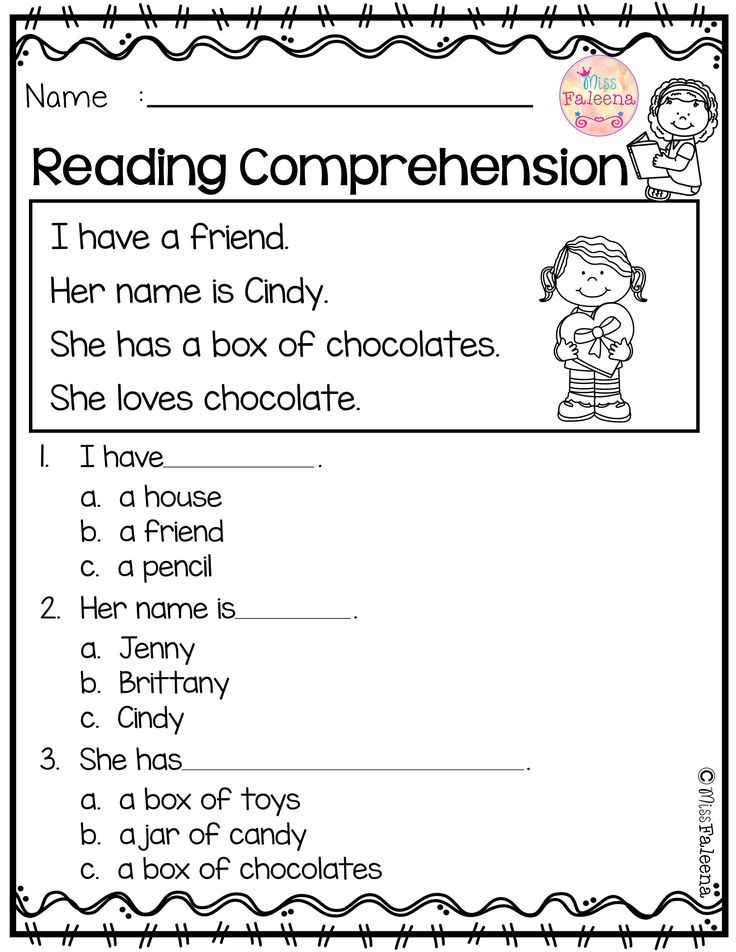
⠀
Another reason why it is difficult for a child to understand what they read is the speed of reading. A child who reads slowly usually forgets what he was reading when he reaches the end of a page or paragraph.
⠀
There can be several reasons for slow reading:
- poor concentration of attention;
- narrow field of vision, when it is difficult for a child to focus on a whole word, phrase or sentence;
- speaking the text aloud or to oneself;
- when reading, the eyes move in a chaotic manner.
⠀
We will look at a few simple exercises for preschoolers and schoolchildren that will help increase their reading speed.
Learning to read faster
1. Attention exercises
Set a timer and ask the child to name all the letters in alphabetical order starting with the letter A and going down the table.
This exercise also focuses on concentration. Ask the child not to read the words, but in order to name the colors in which the words are written.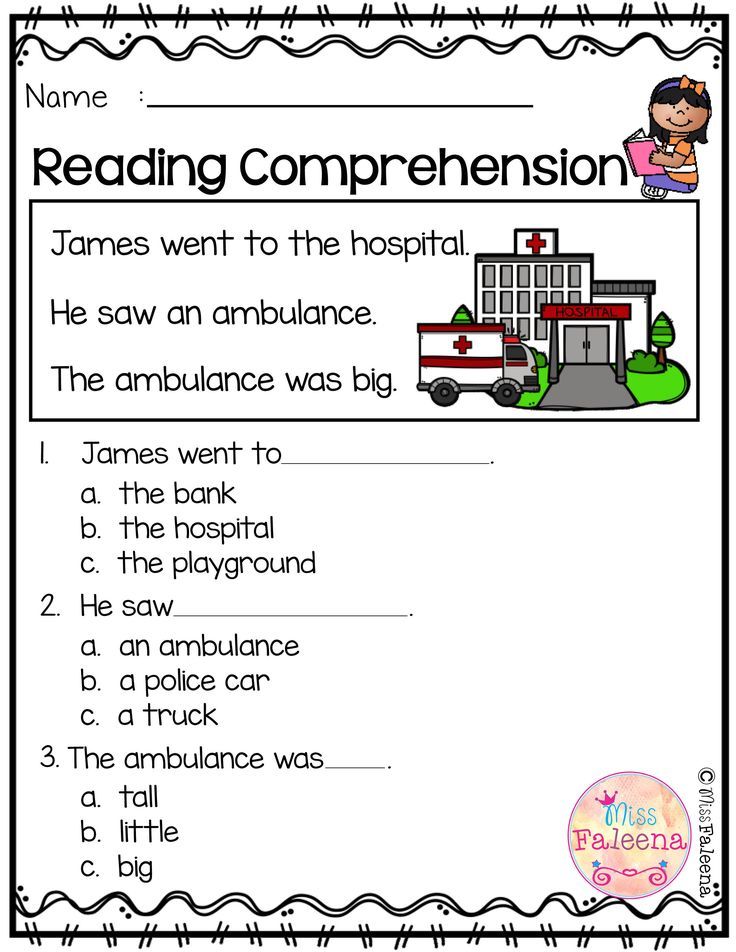
2. Getting rid of regression
In order for the child to read word by word, not to jump from one line to another with his eyes and to be as focused as possible while reading - give the following exercise 5 minutes a day and the result will not be long in coming.
Letters, figures, numbers and words that are in the squares must be named sequentially. Through this exercise, the child learns to move his eyes correctly and avoid regression.
⠀
The sooner you get it, the better.
3. At the same time we train concentration of attention and logic
Ask the child to correctly form words in sentences.
Study with your child for 15-20 minutes every day and after 2-3 weeks he will read faster. And if you have already tried, but nothing worked out for you or you simply do not have enough time to study, we offer you our Reading Simulator course.
⠀
After training, your child will learn to read faster, will understand what they read and begin to read with interest, and will be able to write simple sentences in block letters. You can sign up for a trial lesson here.
You can sign up for a trial lesson here.
⠀
Now let's move on to exercises aimed at conscious reading.
7 game exercises that will teach a child to understand what they read
For example, let's take a passage from a fairy tale and show all the exercises on it. You can also choose different passages from your child's favorite fairy tales for each exercise.
⠀
In order not to spoil the books and not to type the text, find the electronic version of the fairy tale, select any passage and print it out.
⠀
The text on which we will demonstrate our exercises will be taken from a children's book recommended by our student's mother Elena.
⠀
An excerpt from the book "Shmyak the Kitten" by Robin Scotton
1. Visualizing the text
Pictures help to involve both hemispheres of the child's brain, making it easier for him to understand and remember the meaning of what he read. You can visualize the text using self-made mnemonic tables. Below is an example, and how to do them correctly, read here.
Below is an example, and how to do them correctly, read here.
2. Making the text out of parts
Take the printed text and ask the child to read it once or twice. Then cut the text into paragraphs, shuffle it, and ask him to reconstruct the text by putting the pieces together in sequence.
3. Playing teacher
Take the printed text and ask the child to cross out the words in such a way that the main meaning is not lost.
4. We train logic and learn to analyze what we read
We invite you and your child to solve word logic problems. Remember the famous Soviet riddle “A, I, B were sitting on a pipe. A - fell, B - disappeared. Who stayed on the pipe? Answer - And remained on the pipe.
⠀
This is a very simple and interesting puzzle for preschoolers, which demonstrates to children the great possibilities of the Russian language.
⠀
Below are more examples of tasks for training.
We also recommend that you develop your child's logical thinking by using our simple ideas for creating games from objects that you have at home.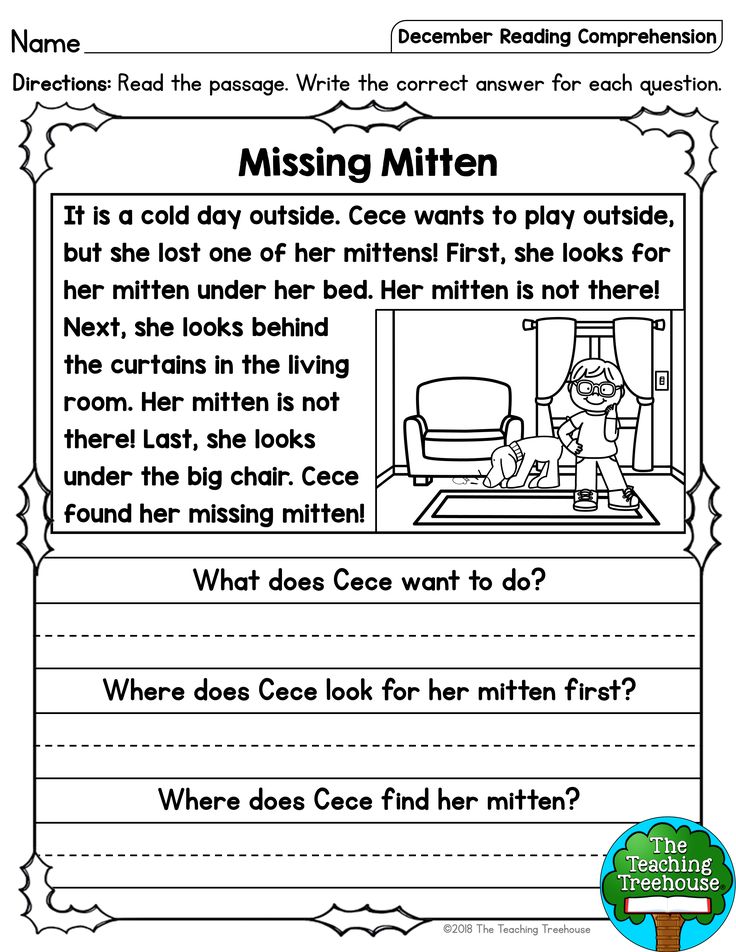
5. Analyzing the text with questions
A good way to help your child build a sense chain is to ask questions about the text:
⠀
- Who is the main character?
- What is happening to him?
- Why do you think this is happening to him? Why was he in this situation?
- What does this situation teach him?
- What would you do in this situation?
- Let's imagine what could have happened if he had acted differently?
⠀
Such questions will help the child to grasp the meaning, highlight the main idea and easily retell what they have read.
⠀
To summarize!
⠀
A child's ability to work with text directly affects academic performance. Start exercising as early as possible. Using our exercises, you will teach your child to think logically and correctly perceive textual information. These are the basic skills that will allow you to become a thoughtful reader and will help your child develop throughout his life.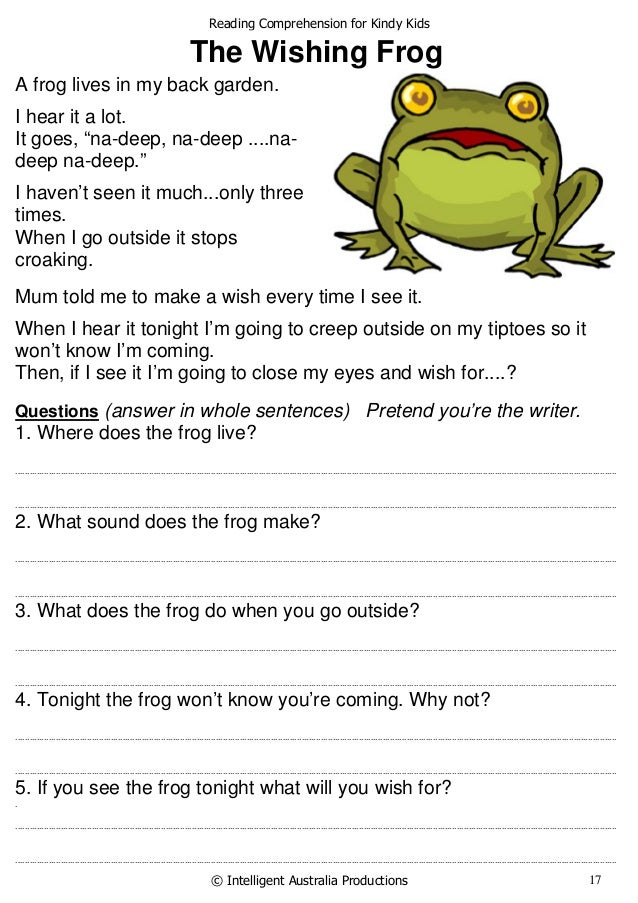
⠀
Read also:
9 life hacks: how to quickly remember information for a child
How to develop a child's memory with kinesiology exercises!
Simple games for learning Russian. For children aged 4+
Reading speed exercises
Much has been said about the benefits of reading. Reading develops, makes wiser, helps to better understand as yet unfamiliar issues.
The ability to not just read, but to read quickly has always been valued (this skill begins to be tested from the 1st grade of school). This is not about quick reading only on the result without understanding the essence of what was read. And about the ability to study the contents of a book or article deeply and meaningfully, but only faster than usual.
The ability to read quickly is necessary to save your own time. If you read at least 2 hours a week, you can save 7 hours.
Many outstanding personalities have developed the ability to quickly read. For example, the writer Maxim Gorky was able to read one magazine page in less than a minute.
For example, the writer Maxim Gorky was able to read one magazine page in less than a minute.
Speed reading should be done by those who cannot keep their attention while reading, because not all books are interesting and exciting, and some are too difficult to understand. And what is especially important - the skill will teach you to quickly find keywords and theses in a text that has a low informative density.
The ability to read quickly lays success in a person from childhood. Having mastered the technique of speed reading, it remains forever and it is impossible to lose it over the years.
In order to learn how to read at a high speed, a number of activities and exercises are provided.
8 READING SPEED EXERCISES
1. Jump-stop
At the command "Jump", the child begins to read the text until the command "Stop!" Then he stops reading and looks up from the page.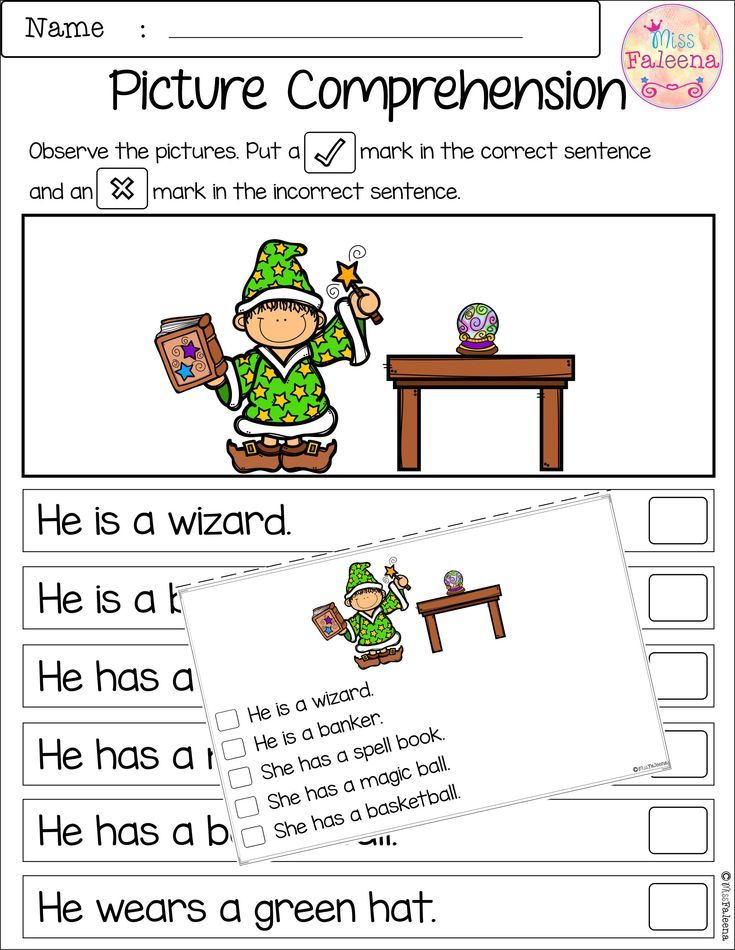 You give the command "Jump" again. The task of the child is to quickly find the place where he stopped last time and start reading from it.
You give the command "Jump" again. The task of the child is to quickly find the place where he stopped last time and start reading from it.
2. Parallel reading
Two identical texts are taken. It is most convenient to print a short story from the Internet, give one sheet to the child, and take the other one yourself. Two identical books will do. After that, you begin to read the text aloud, and the child joins and reads at the same time as you, following the line with your finger. When reading, then speed up, then slow down, forcing the child to change the speed of reading after you.
3. Articulation gymnastics
Make a selection of tongue twisters, proverbs, sayings and invite the child to read them at different speeds, with different expressions. Make sure that the child does not get out of breath, so that he clearly pronounces all sounds, including the endings of words.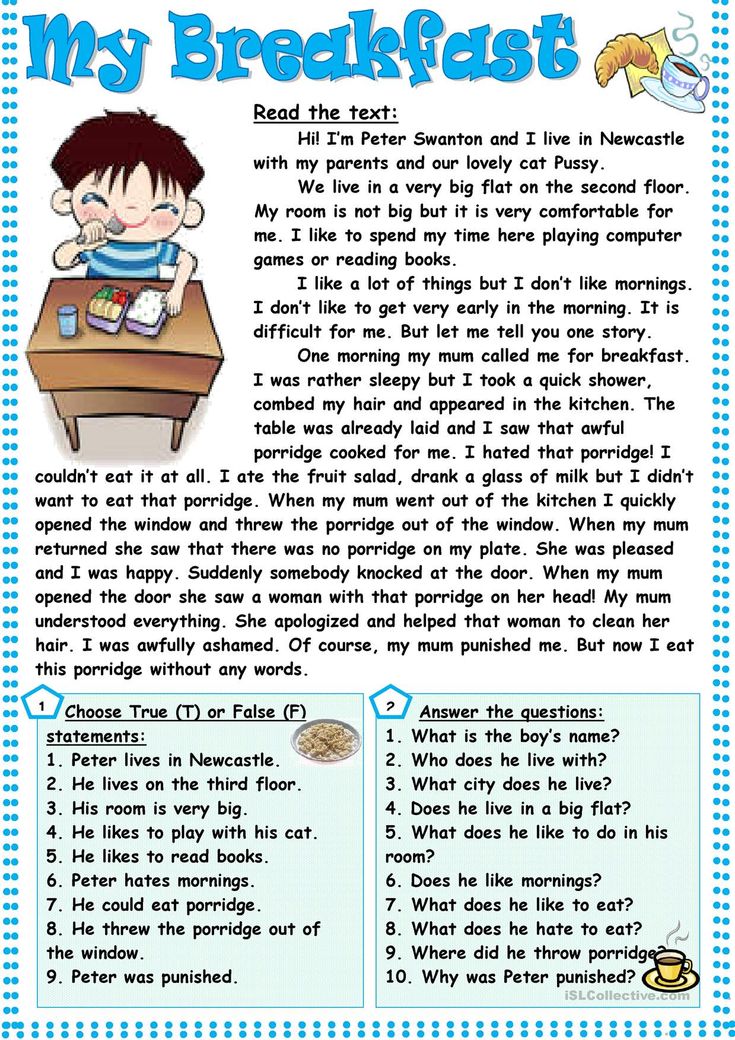
4. Search for the hidden word
Ask your child to find the word you have guessed in an unfamiliar text. The task is to find the hidden word as quickly as possible. Take it in turns to turn word search into an exciting game. Record the search time by the hour, and select texts in accordance with the level and age of the child.
5. Reading with bookmark
Invite the child to read the text using a bookmark. At the same time, he should cover with a bookmark not the bottom line, but already read words. Thanks to this exercise, the child will learn not to return with his eyes to the previously read text, and the reading speed will increase.
6. Visual dictation
Take a text consisting of 5-6 sentences. Cover it with a sheet of paper and show the child only the first sentence. Then close it and ask the child to repeat what they read from memory.